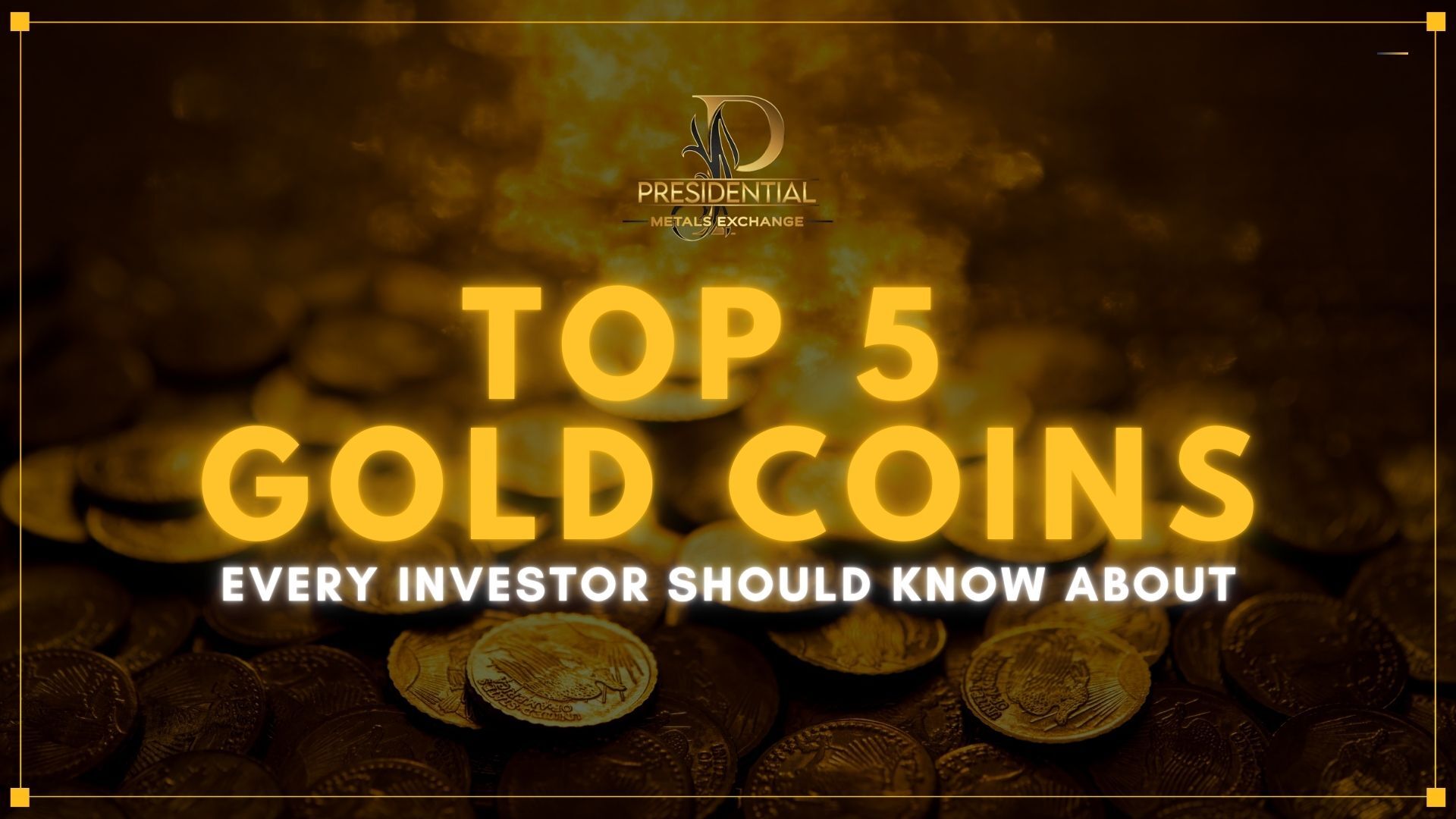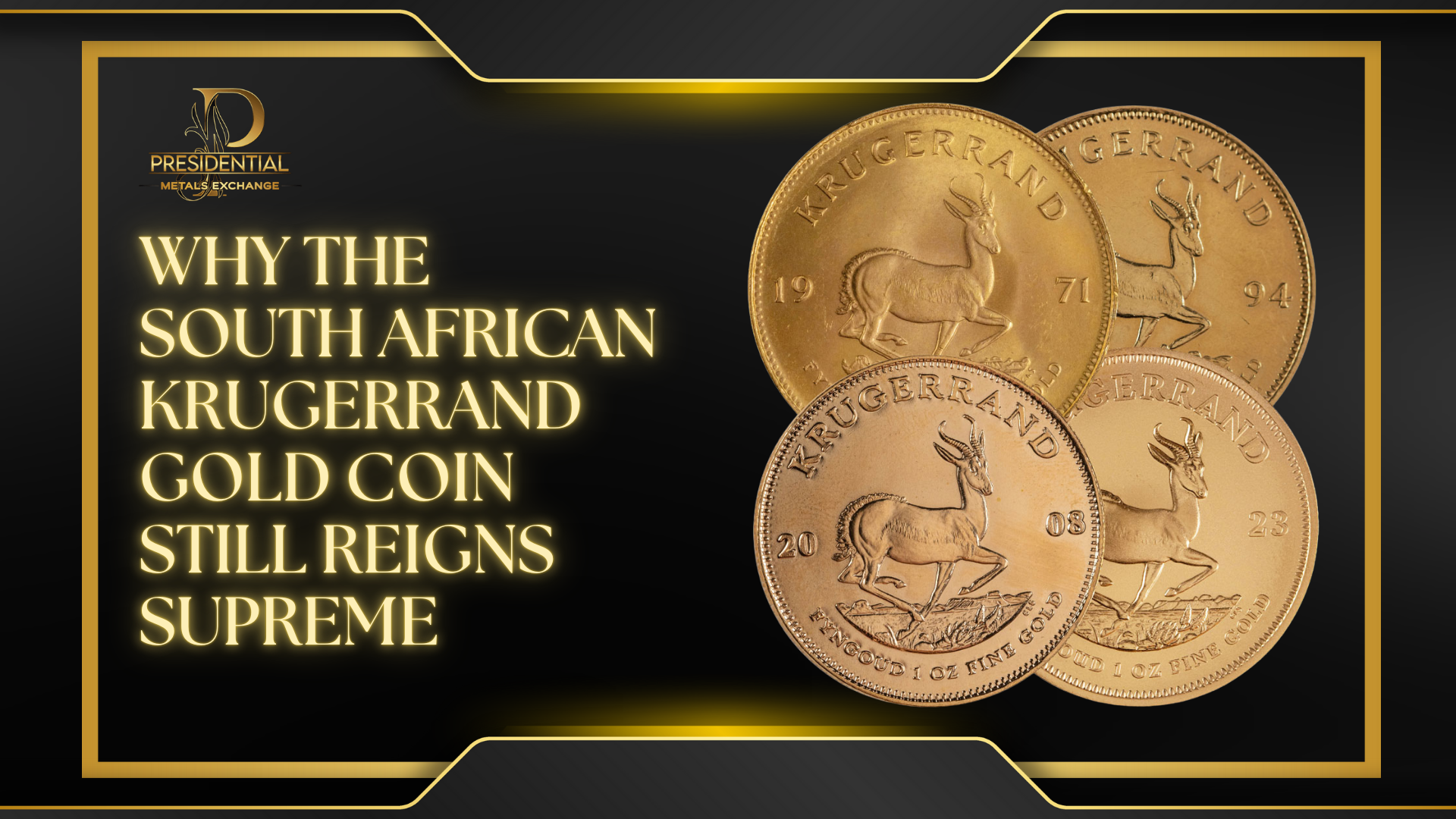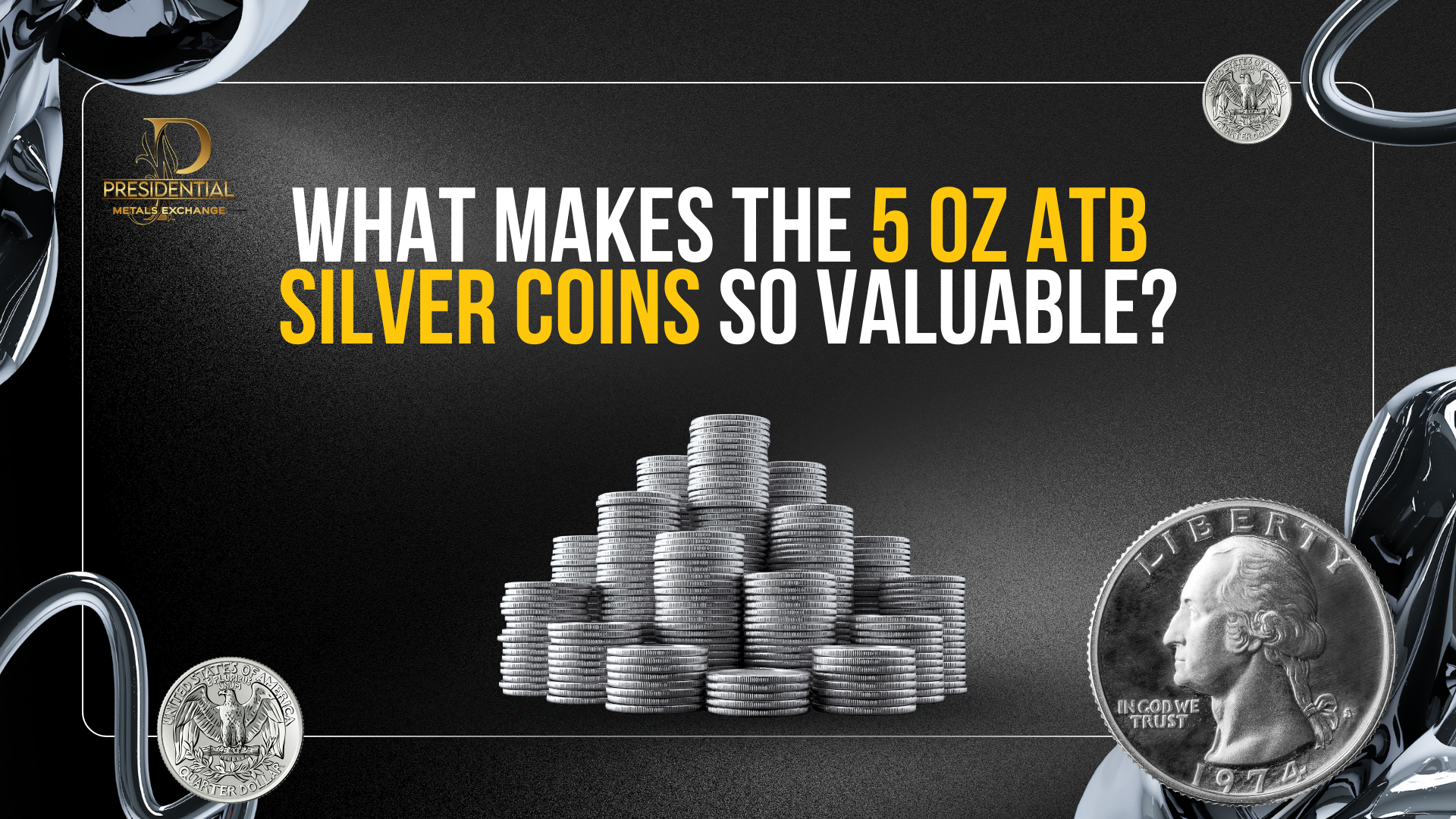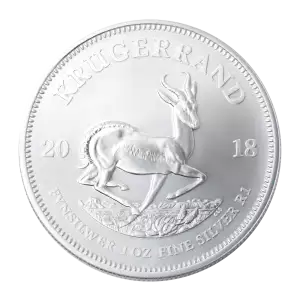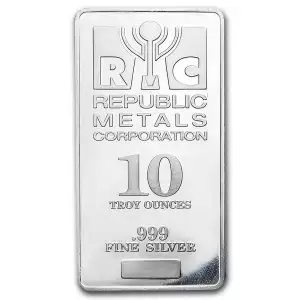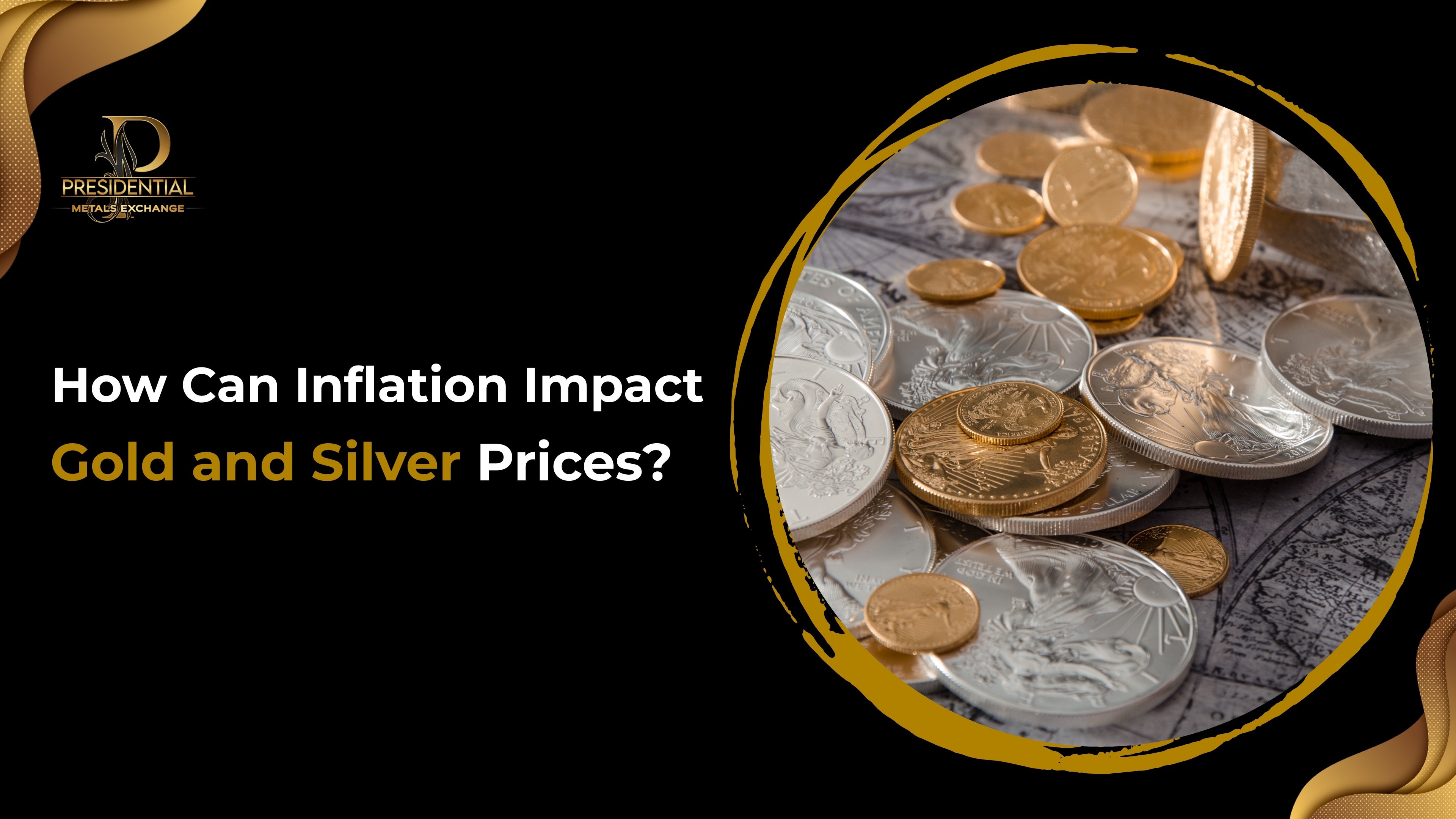
Inflation influences things other than the cost of your groceries or petrol. Your savings and investments take a hit too. A rise in prices reduces the worth of your money. At those times, people look to gold and silver. Many investors view these metals as safe investments. A lot of times, their value increases in periods of inflation. Why? They are trustworthy due to being authentic, unique and recognised. Security becomes important for investors during economic ups and downs.
Do Gold and Silver Prices Rise with Inflation?
Generally, yes. When inflation climbs, investors often seek safer assets—ones that hold their value regardless of currency devaluation. That’s where gold and silver come in.
These precious metals are seen as hedges against inflation. Their intrinsic value, scarcity, and global demand make them reliable during uncertain economic periods. As people lose faith in paper currencies, demand for tangible assets like gold and silver can surge, boosting their market value.
But it’s not always straightforward. Prices are also influenced by other factors like interest rates, industrial demand, geopolitical events, and global markets.
Gold: The Traditional Safe Haven
Gold has long been viewed as a reliable store of value, especially when inflation is on the rise. During the inflation surge of the late 1970s and early 1980s, gold prices soared as people rushed to secure their wealth.
Why does gold do well during inflation?
- Limited supply: Gold can’t be created at will like currency.
- Tangible asset: It has real, physical value.
- Market confidence: When investors worry about economic instability, they often move their money into gold.
However, keep in mind that gold’s price isn’t driven by inflation alone. Political tensions, central bank activity, and currency strength also play significant roles.
Silver: Both Precious and Practical
Silver behaves similarly to gold during inflation, but with a twist. It has dual value: as a precious metal and as an industrial commodity. While its value rises with inflationary pressure, it’s also driven by demand from industries like tech, solar energy, and manufacturing.
This industrial link makes silver more volatile than gold. During economic booms, industrial demand pushes prices higher. But during downturns, that same demand can shrink, affecting prices despite rising inflation.
Still, silver remains a solid option for those looking to hedge against economic instability while benefiting from its use in emerging technologies.
Why Consider Precious Metals During Inflation?
Here are three key reasons investors turn to gold and silver during inflation:
1. Preservation of Wealth
During inflation, currencies lose purchasing power, but gold and silver tend to hold their value. These metals have been trusted for centuries as stores of wealth. Unlike paper money, which can be printed in excess, precious metals are limited in supply. This scarcity helps them retain value even when economies struggle.
2. Safe Investment
Gold and silver are often considered safe-haven assets because they’re less vulnerable to market manipulation and economic shocks. While stocks and bonds can fluctuate wildly, precious metals often remain stable or even rise during crises. This makes them attractive to investors seeking steady, long-term protection from inflation, currency depreciation, and financial instability.
3. Tangible Security
Precious metals offer the advantage of physical ownership. Unlike stocks or digital assets, you can hold gold and silver in your hand. This tangibility gives investors peace of mind, knowing their wealth isn’t entirely dependent on electronic systems or financial institutions. It’s real, enduring security in times of economic uncertainty.
Conclusion
Inflation chips away at the value of money, but gold and silver often rise in response. These precious metals serve as reliable hedges, protecting wealth when currencies weaken. While gold offers greater stability, silver adds growth potential through industrial demand. Including them in your portfolio can offer a buffer against inflation and economic uncertainty.
Don’t wait for inflation to eat into your savings. Secure your future now with Presidential Metals.
Buy Now at Presidential Metals and protect what’s yours.
Frequently Asked Questions
1. Are gold and silver affected by inflation?
Yes. Inflation usually causes gold and silver prices to rise or fall. Investors buy them to protect against the declining value of currency. Their real, intrinsic value helps them act as hedges during uncertain economic times.
2. How does inflation affect gold prices?
When inflation rises, gold prices often increase. This is because investors shift from cash and bonds to safer assets. Gold retains value while currencies lose buying power, making it a reliable option during inflationary periods.
3. Does gold go up or down in a recession?
Gold usually goes up during recessions. As stocks fall and uncertainty rises, investors seek safe assets. Gold offers stability, especially when economic data is weak or inflation remains high during a downturn.
4. Is gold safe from inflation?
Yes. Gold is considered a safe asset during inflation. It holds value better than paper currency. Over time, it has preserved wealth, especially when inflation erodes the real value of cash.
5. Is silver good against inflation?
Silver is a good hedge, though more volatile than gold. It performs well when inflation is high and industrial demand is strong. While not as stable, it still offers protection and potential for higher returns.

